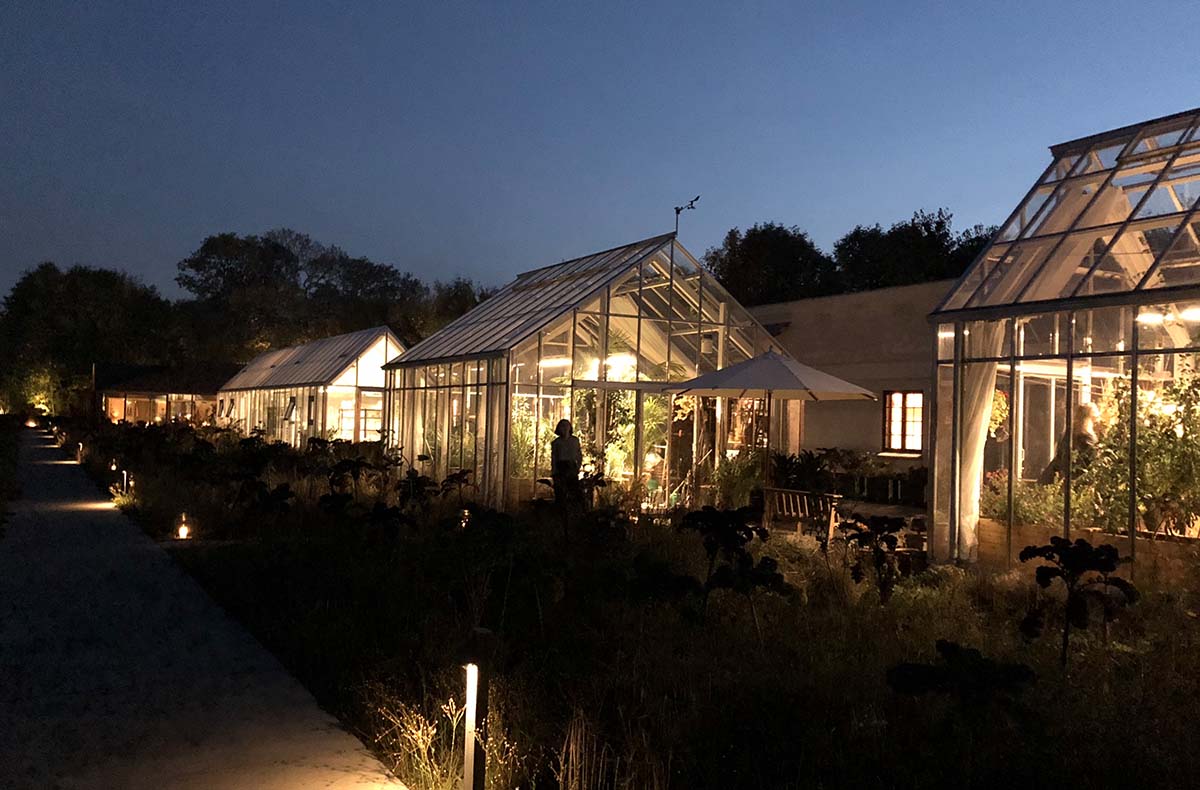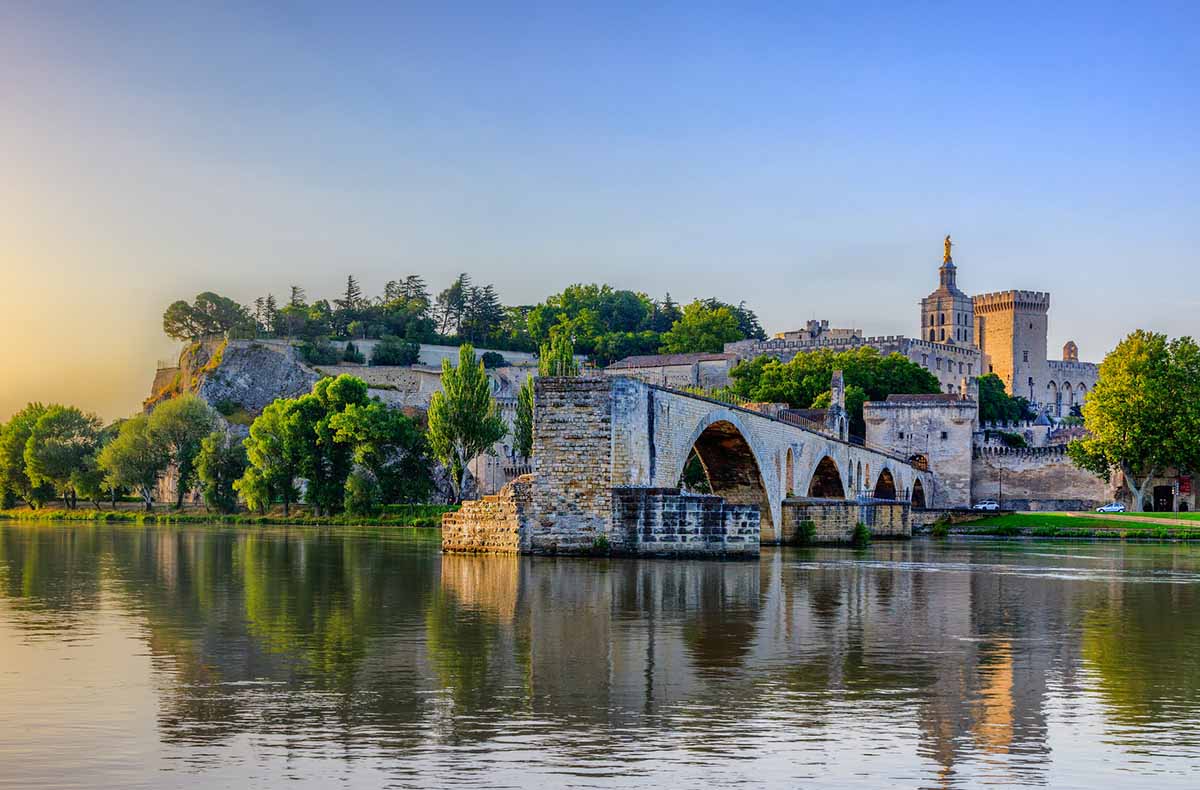
Photo by Nick Slater
The world’s best restaurant is closing, and any journalist with an instinct for self-preservation will tell you that might be a good thing. For over 20 years, Noma—the Danish sensation with three Michelin stars and a once-sterling reputation now tarnished by accusations of workplace abuse—has been famous for serving tiny, inscrutable dishes at Marie Antoinetteian prices. Now the Rolls-Royce of restaurants is sputtering to an inglorious end, and the collective schadenfreude is palpable. Some are suggesting this could be the end of fine dining. Others wonder if that would really be such a loss.
It won’t be, and it wouldn’t. But the implosion of Noma’s mystique shouldn’t just sour us on foodie culture but the Experience Economy as a whole.
Flashback to 2018. It’s late October, and I’ve just landed in Copenhagen to attend a group dinner at—you guessed it—Noma. I cannot fucking believe I’m doing this. It goes against several of my most deeply-held beliefs and nearly all of my preferences about travel. It defies my own better judgment and anyone’s financial common sense. But despite a litany of reasonable excuses and my near-total lack of interest, I’ve made a decision I’ll have to live with for the rest of my life. In the meantime, here I am in the perfectly clean, perfectly flat, perfectly cute, and boring capital of Denmark to eat some overpriced twigs.
Noma is not in the city. As night falls, a taxi takes us to the middle of nowhere and deposits us outside some glowing greenhouses. This feels encouraging, enchanted, mysterious, and definitely not like a typical restaurant. A woman welcomes us inside and hands us each an elegant little glass of something that tastes expensive. We all feel quite sophisticated. When the drinks are finished, the woman ushers us inside to reveal…
The only word that comes to mind is “IKEA.” The inside of Noma looks like a cleverly-lit IKEA showroom. I don’t know what else to tell you—there is some unornamented wood paneling, some exposed brick, some conical lamps of beige-ish material hanging from the ceiling. Like a billionaire’s black turtleneck, the decor is at once costly and unremarkable. Nordic minimalism at its most well I guess that’s fine. We walk through the kitchen, which I think is supposed to make us feel special, like that scene in Goodfellas. It feels more like strolling through a human zoo exhibit. None of the people working seem especially happy to be here.
The real Noma experience begins when we sit down at the table. There is a plate with a small square of leaves that look like green buttons. There is a cup of moss. There is a basket of straw with three bird feet on top. There is a duck’s head full of brains, which are to be scooped out using the bill of a smaller duck. Each dish comes with a wine pairing and a Silmarillion-length origin story for its ingredients, most of which were grown on Noma’s own property or foraged from strange places at specific times of the year using specialized techniques. Clearly, a great deal of time, effort, and thought had gone into crafting each plate.
That doesn’t mean the plates were good. It doesn’t mean they were bad, either—I don’t remember any dishes being particularly repulsive. (Many stories now coming out about Noma make reference to the infamous faux beetles, but don’t believe the hype; anyone who’s had animal-shaped fruit snacks would shrug and grab their fork). I just don’t remember any dishes being particularly anything at all, aside from “briefly amusing to talk about.” I can only recount them to you now because a friend took photos. If I had to give the food a GIF, it would probably be this one.
Obviously, when you’re being charged as much as they did at Noma for a meal, you’d hope for more. But my aim in sharing this story isn’t (just) to say that Noma sucks and I’m glad it’s closing. Neither is it (just) to mock fine dining or the people who base their identities around it. Rather, it’s to point out what a scam it is to market this kind of thing as an Experience.
Few would argue that $500 a head is a reasonable price to pay for the food at Noma. Equally few would suggest that the privilege of spending a couple of hours inside its physical edifice does much to affect the cost-benefit analysis. What you’re really paying for is the Noma Experience™—which is, for all intents and purposes, the memory in your own head that you ate at Noma and the ability to mention this to other people without lying.
This is not a real Experience, at least in the way that makes Experiences so uniquely and spiritually satisfying. An Experience is riding in a hot air balloon above the temples of Bagan, or watching from your kayak as a humpback whale leaps from the sea. It’s participating in an act with inherent beauty and significance, and letting a part of yourself be filled with and changed by those moments. This doesn’t mean that eating at places like Noma can’t be enjoyable—I had a great evening there myself! But it was solely due to the jokes, stories, and little kindnesses shared between our group that night. Noma might’ve provided a backdrop for us to make memories, but it shouldn’t get much more credit than that.
Nor should other pseudo-Experiences continue to get a pass just because people have been hoodwinked into thinking any activity of a certain price point automatically becomes meaningful, or that spending money on such activities is automatically more noble than spending money on things. These misconceptions are deeply entrenched in our collective psyche. They won’t instantly dissipate because one restaurant—no matter how famous—got some bad press. Still, maybe people are starting to recognize the game.
Someday there will be a new Noma, with a new chorus of voices proclaiming that a pilgrimage to the new Mecca of gastronomy must be on our bucket lists. Let them squawk. We don’t have to listen this time.



